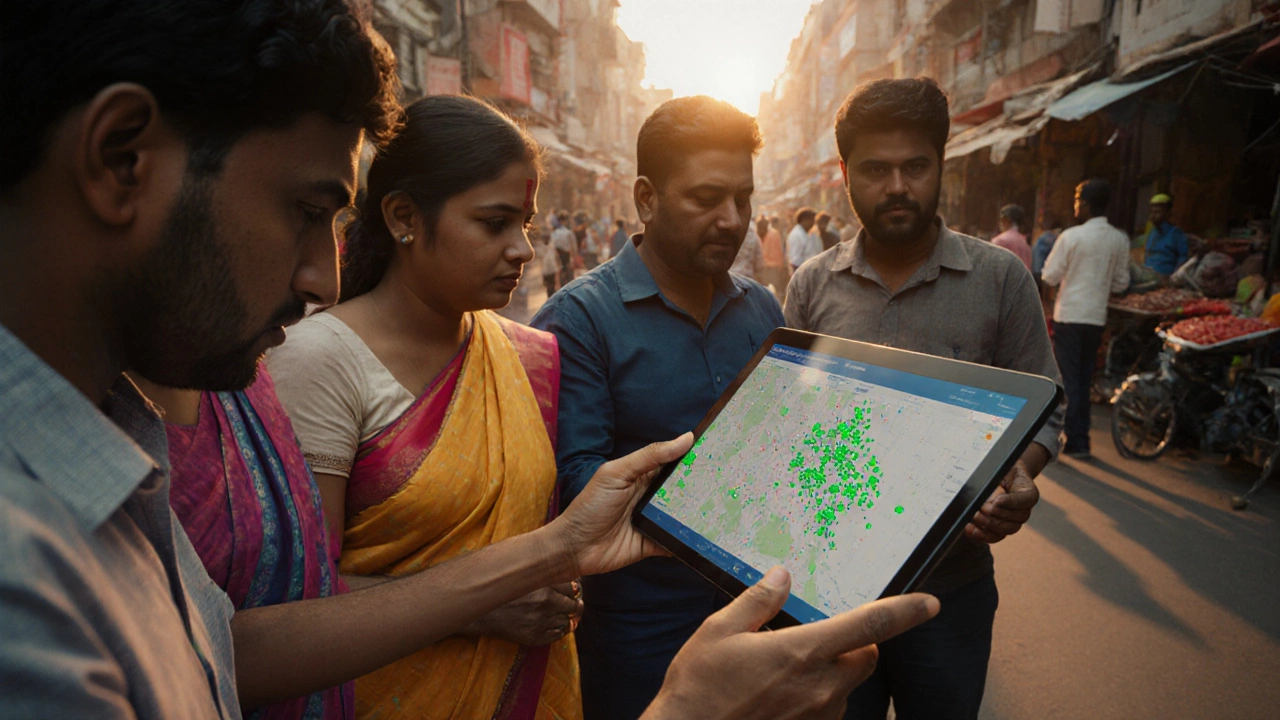Disease Prevention: How Science and Technology Are Stopping Illnesses Before They Start
When we talk about disease prevention, the practice of stopping illnesses before they occur through science, policy, and behavior. Also known as preventive healthcare, it's not just about washing hands or getting shots—it's a system built on research, data, and real-world implementation. In India, this means more than just government campaigns. It’s lab-grown vaccines, AI tracking outbreaks in rural clinics, and biotech startups designing low-cost diagnostics that work without electricity.
Biotechnology, the use of living systems to develop products that improve health is at the heart of modern disease prevention. CRISPR gene editing is helping scientists design targeted therapies for hereditary diseases. mRNA technology, once thought to be experimental, is now being used in India to develop cancer vaccines and faster flu shots. Meanwhile, healthcare research, the systematic study of medical practices to improve patient outcomes is uncovering why some communities still face high rates of preventable diseases—like tuberculosis or diabetes—and how local solutions, not just global ones, can fix it.
It’s not all high-tech. Simple tools like water filters, clean cookstoves, and mobile apps that remind patients to take medicine are saving lives too. Data scientists are talking to nurses and ASHA workers to turn raw numbers into actionable plans. Governments and labs are working together to make sure new tools don’t sit on shelves—they reach the people who need them most. And when a new virus emerges, the same systems that tracked dengue in Mumbai can now trace COVID variants in Bihar.
What you’ll find here isn’t theory. It’s real work—people in India building better ways to stop sickness before it spreads. From vaccine trials in village clinics to AI models predicting malaria outbreaks, these are the stories behind the headlines. No hype. No fluff. Just what’s working, right now, on the ground.








